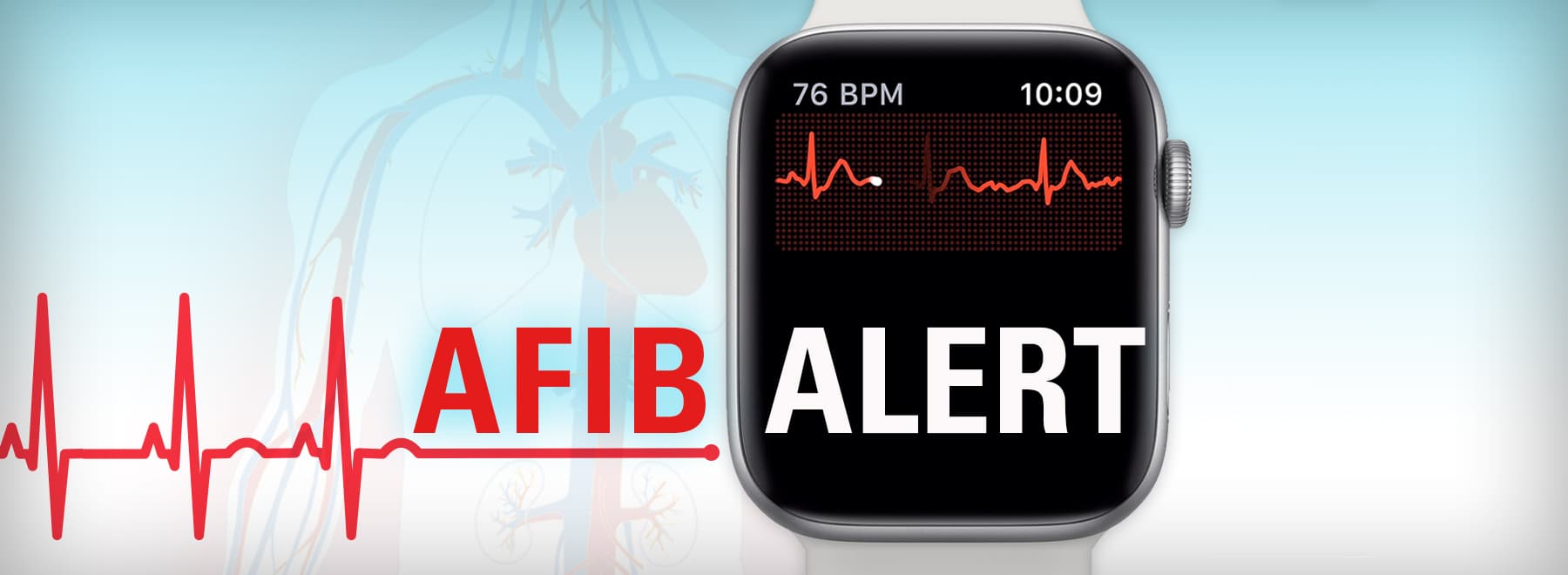Latest-gen smartwatch app can help detect irregular heartbeat
Note: This story appears in the October 2018 edition of CONSULT, the monthly e-newsletter published by the UMMC Division of Public Affairs that focuses on cutting-edge clinical advances, innovative educational programs and groundbreaking research occurring at UMMC. To receive CONSULT in your email, visit www.umc.edu/CONSULT to sign up.
Health-conscious individuals have always been able to track their heart rates on their wrists, whether using their fingers or Fitbits. But when Apple previewed its latest gadgets in September, one feature takes heart monitoring another step further.
An app for the technology company’s fourth-generation watch allows the device to function as an electrocardiograph, tracking the heart’s rhythm.
The Food and Drug Administration approved the app, called ECG, as a Class II medical device. This puts it in the same category as pregnancy tests and motorized wheelchairs, capable of diagnosing or treating a condition with minimal risk to users.

“This has been quite the buzz with my patients,” said Dr. Michael McMullan, University of Mississippi Medical Center professor of medicine and cardiology division director.
The FDA approved the watch to diagnose atrial fibrillation, a rapid and irregular heartbeat. About three to four million people in the United States have AFib, making it the most common serious heart rhythm problem, according to Dr. Thomas Skelton, UMMC professor of medicine.

“Atrial fibrillation (is) among the most prevalent and preventable causes of stroke,” said Skelton, a cardiologist. “AFib creates a risk of blood clots developing in the heart, which can break off, float through the blood stream and lead to a stroke.”
AFib is typically detected through traditional electrocardiography. This technique measures electrical activity in the heart through a series of electrodes in contact with the body.
While in-clinic ECG uses 10 electrodes placed on the arms, legs and chest, Apple’s ECG app relies on only two contact points between the watch and the body: a wrist and a fingertip.
Skelton said both methods result in a sketch which “records the pulsatile nature of the heart” by drawing a squiggly line that represents the heart’s rhythm.
“For patients with irregular symptoms, we may not be able to catch fibrillation in the clinic,” Skelton said. In other words, patients can have intermittent, unpredictable episodes, known as paroxysmal AFib.
This is where tools like the watch app can be useful to physicians and patients. Access to a mini ECG machine provides people opportunities to spot instances of AFib, whether they’re sitting at home, going out for a run or doing their grocery shopping, Skelton said.
The Apple app isn’t the first direct-to-consumer electrocardiography tool. That milestone goes to AliveCor, which received FDA approval for its Kardia devices – including an Apple Watch-compatible wristband – last year. In fact, Skelton said he has recommended the device to a couple of patients in the past.
However, he said on-demand heart monitoring will have drawbacks for some members of the public.
“Some people will obsess about the data they receive, and that’s inappropriate,” Skelton said.
Furthermore, the app and watch do not have the same capabilities as clinical electrocardiography, which can diagnose heart attacks, structural problems and other forms of arrhythmia.
Regardless, the app does have some firm science to back it up. The Apple Heart Study, a collaboration with Stanford University, has been collecting data on its participants’ heart rhythms using the company’s devices since November 2017. While Apple hasn’t released full data, the company said the device can identify AFib with about 97-percent accuracy, which helped secure the FDA approval.
Skelton said he sees apps like ECG as a continuation of a larger remote health monitoring trend, which allows people to track their high blood pressure, pulse oximetry, weight, glucose levels and more.
“I can envision other wearables feeding data into apps, perhaps even interfacing with Epic to share your health information with your physician,” he said.
“We’re still in the early stages of wearable monitoring. There are lots of health people using these devices for recreational purposes, but for those with symptoms, it can improve their chances of promptly detecting changes in heart rhythm or other health parameters.”



